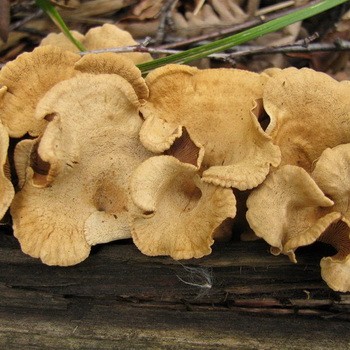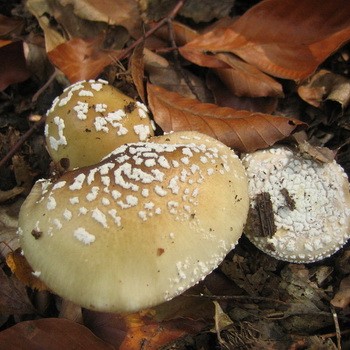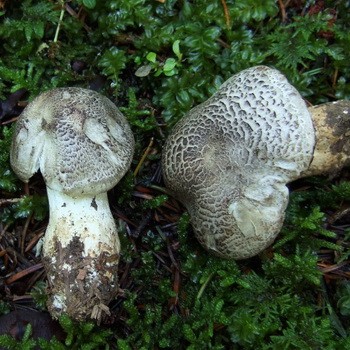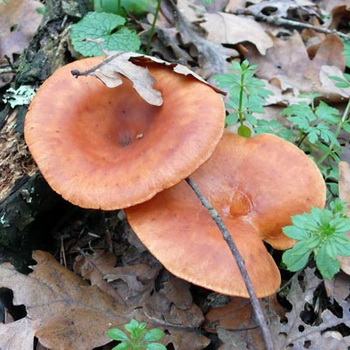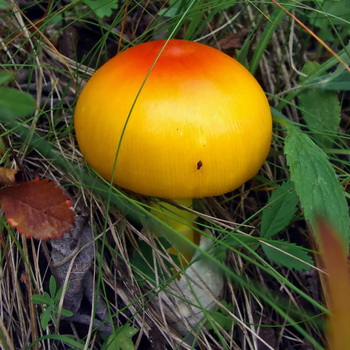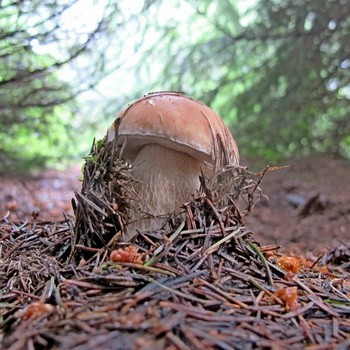Caution! Deadly poisonous mushrooms!

This article offers a description of poisonous mushrooms, first-aid tips for poisoning with poisonous mushrooms, and other useful tips regarding such tasty, but sometimes extremely dangerous forest gifts.
Residents of different countries or even regions of the same state can relate to species of mushrooms in completely different ways. For example, some mushroom pickers consider champignons toadstools and even mark territories of their growth with the signs “Caution! Poisonous mushrooms. " Although everyone knows that this is a great edible delicacy, used in many world cuisines. Apparently, the reason is that the most poisonous mushroom - pale grebe - is very easy to confuse with edible champignon, and this is fraught with severe poisoning.
Content
Most Poisonous Mushroom: Pale Toadstool
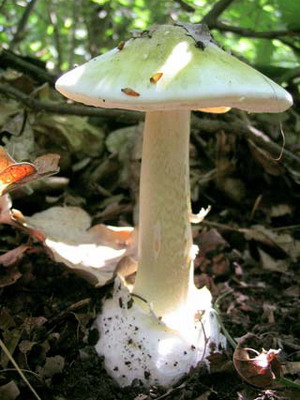
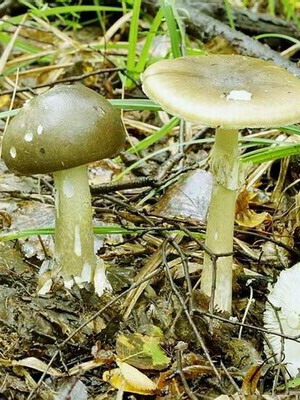
Death cap - A leader among poisonous and even deadly mushrooms. In this case, poisoning makes itself felt only 8-12 hours after the poison enters the body.
If a person has eaten a poisonous mushroom, a series of seizures sets in, accompanied by severe abdominal pain, vomiting, diarrhea and cold sweat. The limbs begin to cool, the pulse slows down, but the victim is still conscious. Without emergency medical care, death occurs after approximately two weeks.
Amanita mushroom poison
Amanita poisoning is not so strong and manifests itself after a couple of hours. This is due to the fact that the poison content in these mushrooms is not as high as in pale toadstools.
The victim begins hallucinations, vomiting, convulsions, and diarrhea appear. Such poisonings rarely end with a fatal outcome, although it is in fly agarics that there is galvelloic acid - one of the most dangerous. It is good that this poisonous species of mushrooms is easy to determine: rings on the fly agaric leg are clearly visible, and it is bright in color and has club-shaped thickenings with a cover.
Deadly Mushrooms: Poisons and Toxins in Mushrooms
Deadly mushrooms contain toxic substances, but despite this, they are called conditionally edible. For example, the gyrotomine toxin from the line of ordinary is completely removed with careful heat treatment. If the mushrooms are not boiled in boiling water with several replacements of water, then this toxin will disrupt the natural metabolism of amino acids and block the action of vitamin B6, which is vital for humans.
Neurotoxins are a class of mushroom poisons that, as a rule, do not kill, but do a lot of harm. When ingested, they disrupt the transmission of any nerve impulses. Poisoning is accompanied by vomiting, nausea, fever, excessive salivation, headache and weakness. In some cases, visual hallucinations and unpleasant tinnitus may appear. Often, even after the end of treatment, there may be consequences of poisoning, which are difficult to cope with.
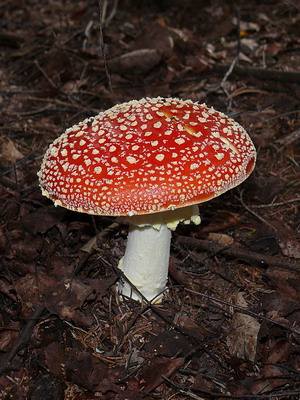
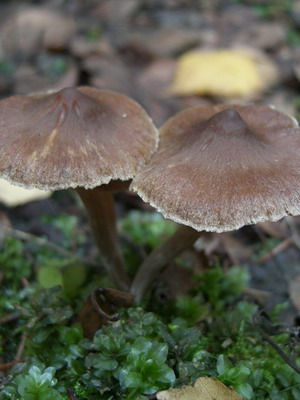
Fly agaric and fiberglass Patuillard contains such a dangerous toxin as muscarine, which causes the development of mycoatropin syndrome. But if everyone knows the fly agaric, Patuyar’s fiberglass is easily confused with russula. Its main difference is the protruding hump in the center of the cap. Fiber optic poisoning begins with minor visual impairment and increased salivation, then diarrhea and vomiting are added, and pressure increases. Many mushrooms contain enzymes that are digested by a healthy body. However, if a person has any problems with the intestines or pancreas, then it is not worth risking and trying these types of mushrooms (for example, pigs).
Help with poisoning: what to do if you eat a poisonous mushroom
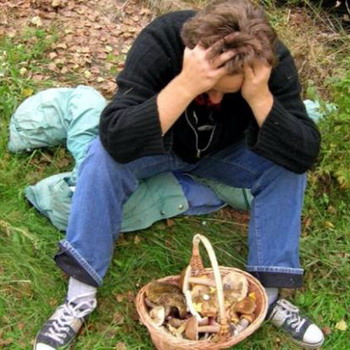 Knowing what to do if you ate a poisonous mushroom, you can save your life and the life of a poisoned one. It is extremely important to know what to do when poisoning with poisonous mushrooms, especially when the first symptoms appear.
Knowing what to do if you ate a poisonous mushroom, you can save your life and the life of a poisoned one. It is extremely important to know what to do when poisoning with poisonous mushrooms, especially when the first symptoms appear.
The danger lies in the fact that in most cases the symptoms do not appear immediately, so it is important to take prompt measures. The first aid for poisoning with poisonous mushrooms is activated charcoal and the use of large quantities of water. Laxatives or emetics will also help cleanse the stomach and intestines of toxic substances. In no case should you take alcohol: it will only accelerate the absorption of the poison into the blood. If you feel worse after eating mushrooms, you should immediately seek medical help. And most importantly - do not take mushrooms, if you do not know exactly what class they belong to. It is better to bring home a very small crop, but stay healthy and protect loved ones from the serious consequences of poisoning. If you consider yourself a novice in the so-called silent hunting, carefully go to the guide to species of mushrooms carefully before going to the forest, preferably photographs. Take it with you and use it to verify that the fungus belongs to a particular group. The most important thing in this business is awareness and caution.
